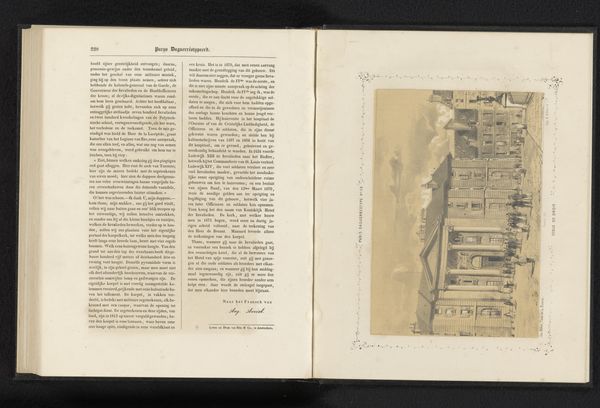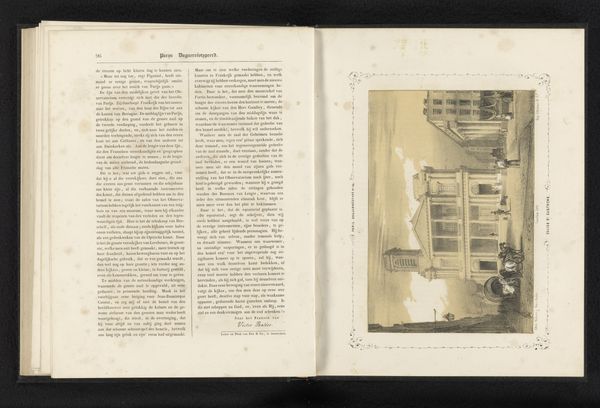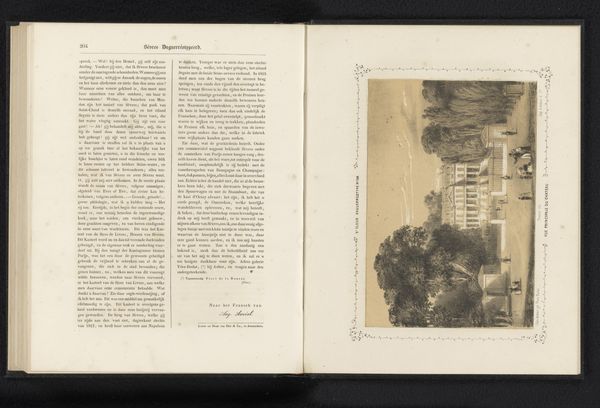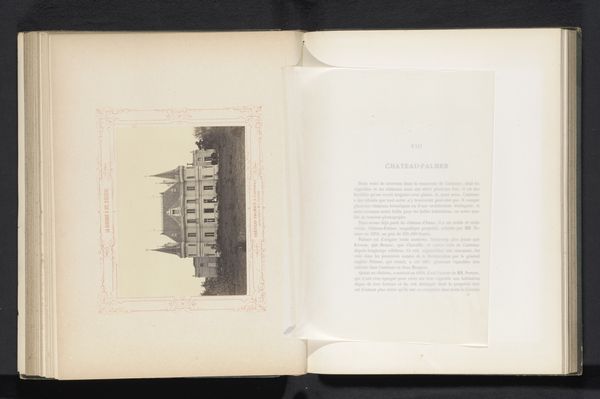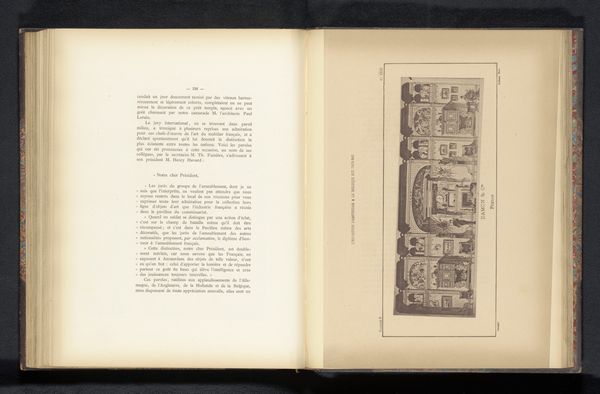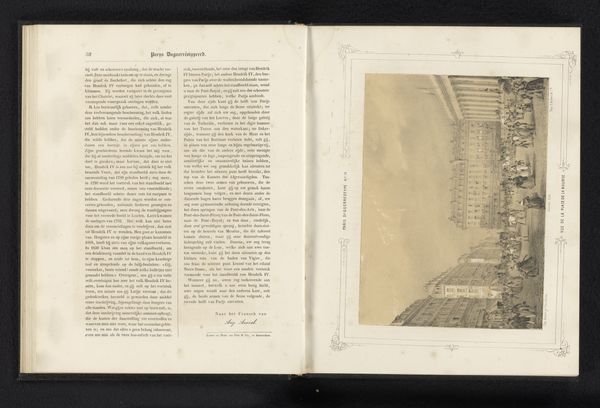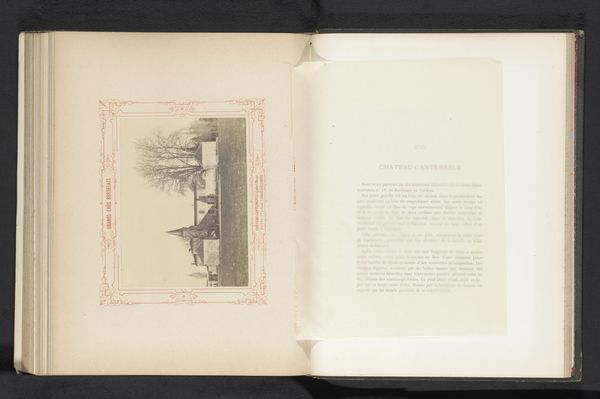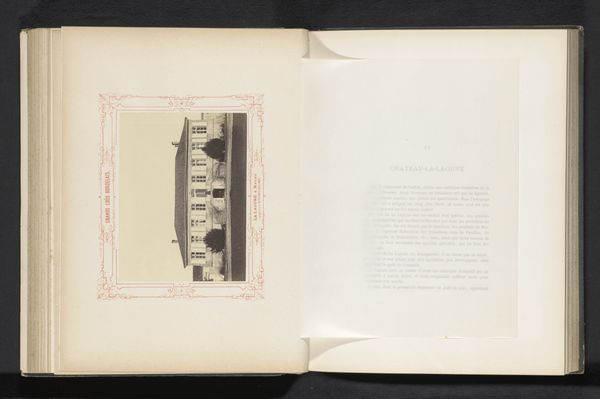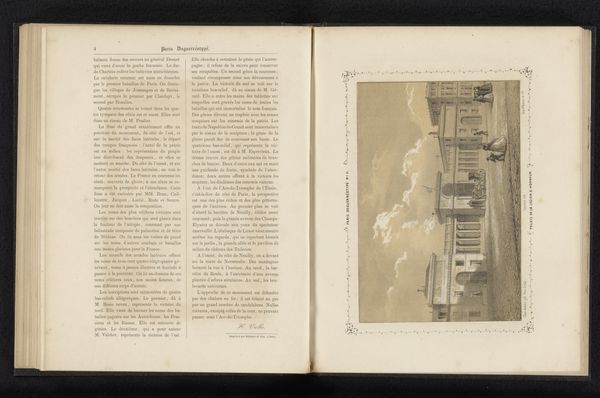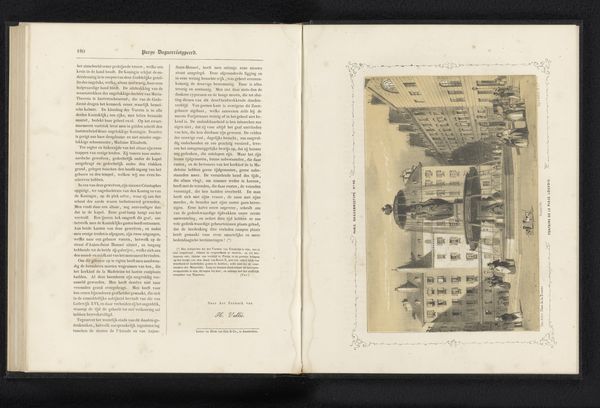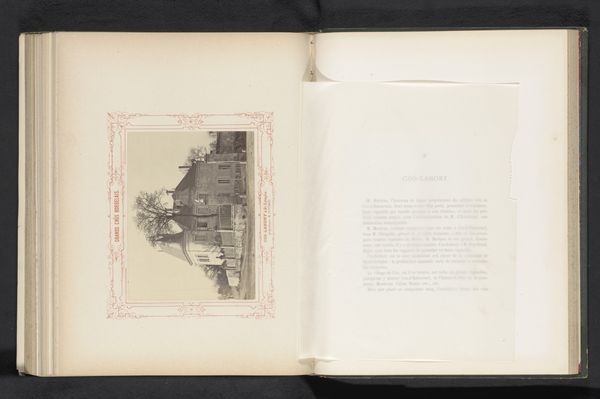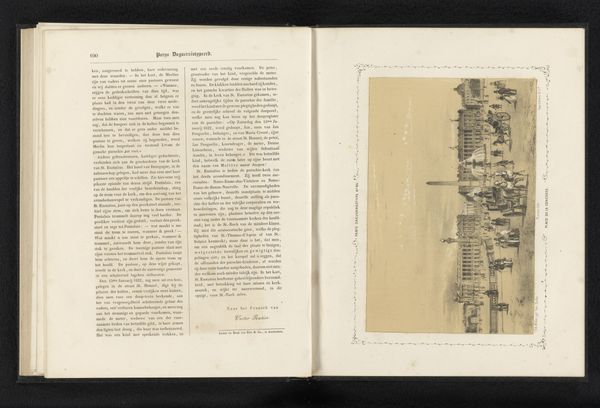
print, etching, architecture
#
neoclacissism
# print
#
etching
#
landscape
#
architecture
Dimensions: height 210 mm, width 260 mm
Copyright: Rijks Museum: Open Domain
Curator: This etching, dating back to sometime before 1840, presents the Arc de Triomphe in Paris as rendered by A. Provost. The print medium showcases the architectural grandeur of the structure with distinct neoclassical influences. Editor: Wow, what strikes me right away is the sort of serene stillness. Even with the people milling about, there’s a quiet dignity to it, like a monument lost in a dream. It has this wonderfully melancholic feel. Curator: Absolutely. Provost’s choice to portray the Arc through the lens of Neoclassicism anchors it to a very specific sociopolitical period. This wasn't simply about architectural representation; it was about projecting power, imperial authority, and stability, values embraced in that era. Editor: Yes, but even in that project of projecting power, there’s something inherently vulnerable, don’t you think? It's frozen, stuck in that moment, devoid of noise and chaos, or any lived, vibrant energy around it. Is it the fragility of the etching itself making it look aged and frail or am I overreaching? Curator: Not at all. The etching's monochromatic nature does strip away some of the vibrancy and presents it through a muted lens, emphasizing a particular narrative, it speaks to ideals of order and permanence. However, let’s not forget whose stories are centered through it and at whose expense. It also carries deep colonial undertones worth noting and acknowledging. Editor: You are absolutely correct. And by focusing on such a well-known icon, does it then speak to something universal about human achievement? Curator: That is arguable. These "universal" statements often conceal the perspectives and struggles of marginalized communities excluded from this so-called “universal human”. That’s what’s often missed, when one marvels at such grand architecture. Editor: A sobering, crucial point. Maybe it’s less about celebration and more about critical awareness; and appreciating art’s place within the broader landscape of power structures, then we can approach works like Provost's "Arc de Triomphe" not as statements of unwavering authority but reminders of complex, ongoing conversations about nationhood. Curator: Exactly. With such awareness, we begin to unravel its multiple layers, and approach with new lenses. Editor: Beautiful. This changes everything. Thanks for tuning me into a higher frequency.
Comments
No comments
Be the first to comment and join the conversation on the ultimate creative platform.
